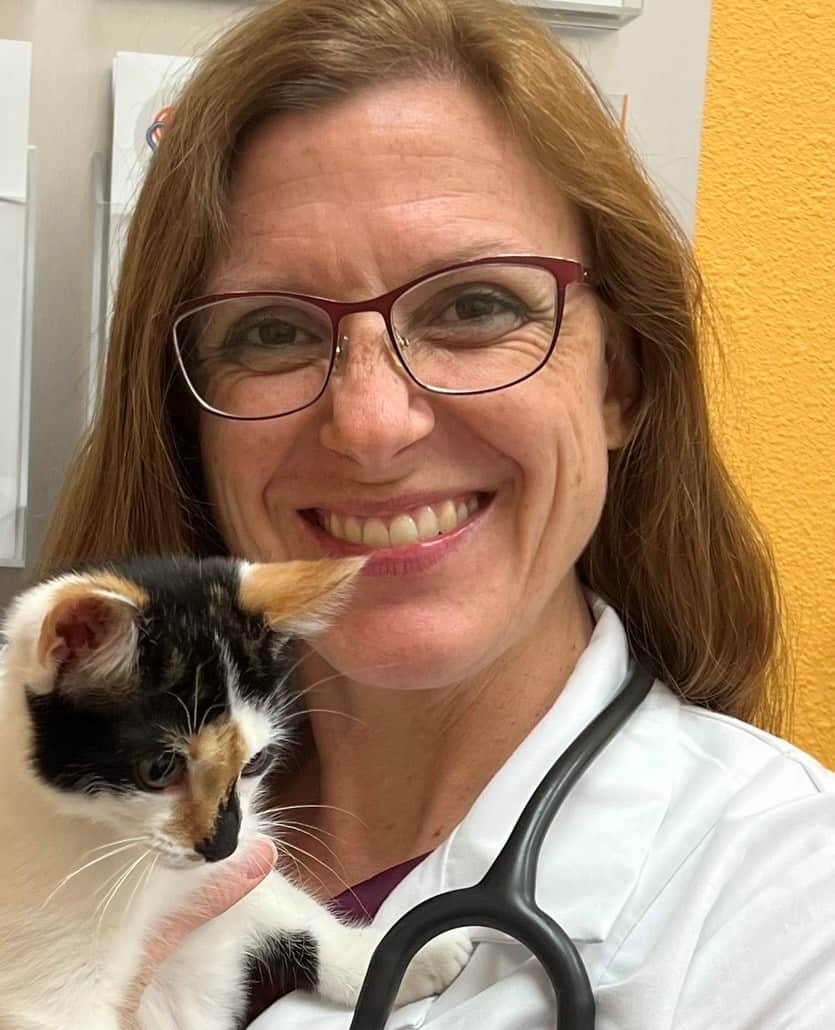Managing Insulin Dysregulation in Horses

The primary goal of treating horses and ponies with insulin dysregulation (ID) is reducing the risk of hyperinsulinemia, the leading cause of laminitis. A secondary goal is promoting weight loss using a variety of strategies, remembering, of course, that not all horses with ID are obese.
The two most important management strategies for achieving these therapeutic goals are not medications but, rather, diet and lifestyle, said Emily Berryhill, DVM, Dipl. ACVIM, of the University of California, Davis, at the 2023 American Association of Equine Practitioners Convention, held Nov. 29-Dec. 3 in San Diego, California. She provided updated insight on these approaches in her presentation.
Nutrition and Exercise for Treating ID in Horses
“We recommend offering both hay and pellets with 10% or less nonstructural carbohydrates, but some of these horses need even more reductions … as low as 0.1g/kg nonstructural carbohydrates at each meal,” said Berryhill, who is an assistant clinical professor of equine internal medicine.
Exercise is critical for weight loss and improving insulin sensitivity, except for horses currently experiencing a laminitic crisis. The combination of diet and exercise changes is better than either alone, said Berryhill.
When diet and exercise are not sufficient to control hyperinsulinemia, only then should veterinarians consider medication for these horses.
Medical Management of ID in Horses
“The sodium-glucose cotransporter-2 (SGLT2) inhibitors are the drug du jour,” said Berryhill. “They decrease glucose resorption by the kidneys, reducing the drive for insulin production. They can be used transiently in emergencies for horses that are acutely laminitic and when insulin is sky high. Alternatively, they might be indicated in horses when you’ve already done everything you can for diet and exercise, and the insulin is still very high.”
Because SGLT2 inhibitors are relatively new, safety surrounding their long-term use is unknown, so veterinarians should perform regular examinations with bloodwork monitoring on patients treated with this drug.
“We (as veterinarians) need to monitor basal insulin and triglyceride levels and recommend titrating to the lowest effective dose based on recheck insulin concentrations,” said Berryhill. “If the patient goes off feed and mobilizes triglycerides, stop treatment, allow their metabolic system to reset, then consider trying again.”
The supplement levothyroxine (Thyro-L) has its place, says Berryhill, because it increases the horse’s metabolic rate, but the effects are only short-term. Veterinarians might also use metformin, but it is not readily bioavailable in some horses, meaning little is absorbed after oral administration.
Take-Home Message
“Strict dietary management remains the cornerstone of controlling insulin dysregulation in horses, with new information available to guide dietary decisions, such as the amount of recommended NSC per meal,” said Berryhill. “However, ‘new to us’ pharmaceuticals are providing more tools for veterinarians to manage severely affected horses, hopefully reducing the risks of severe laminitis.”

Written by:
Stacey Oke, DVM, MSc
Related Articles
Stay on top of the most recent Horse Health news with















